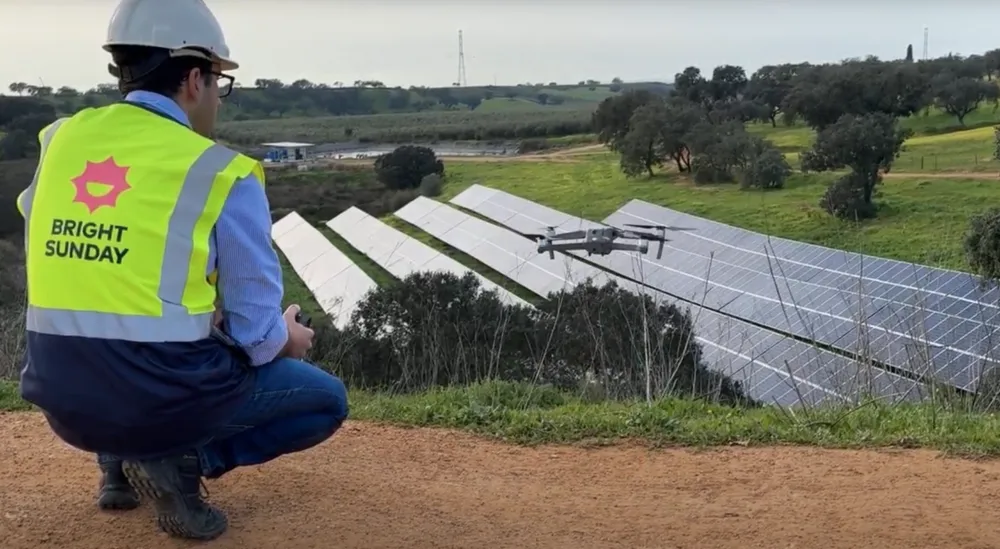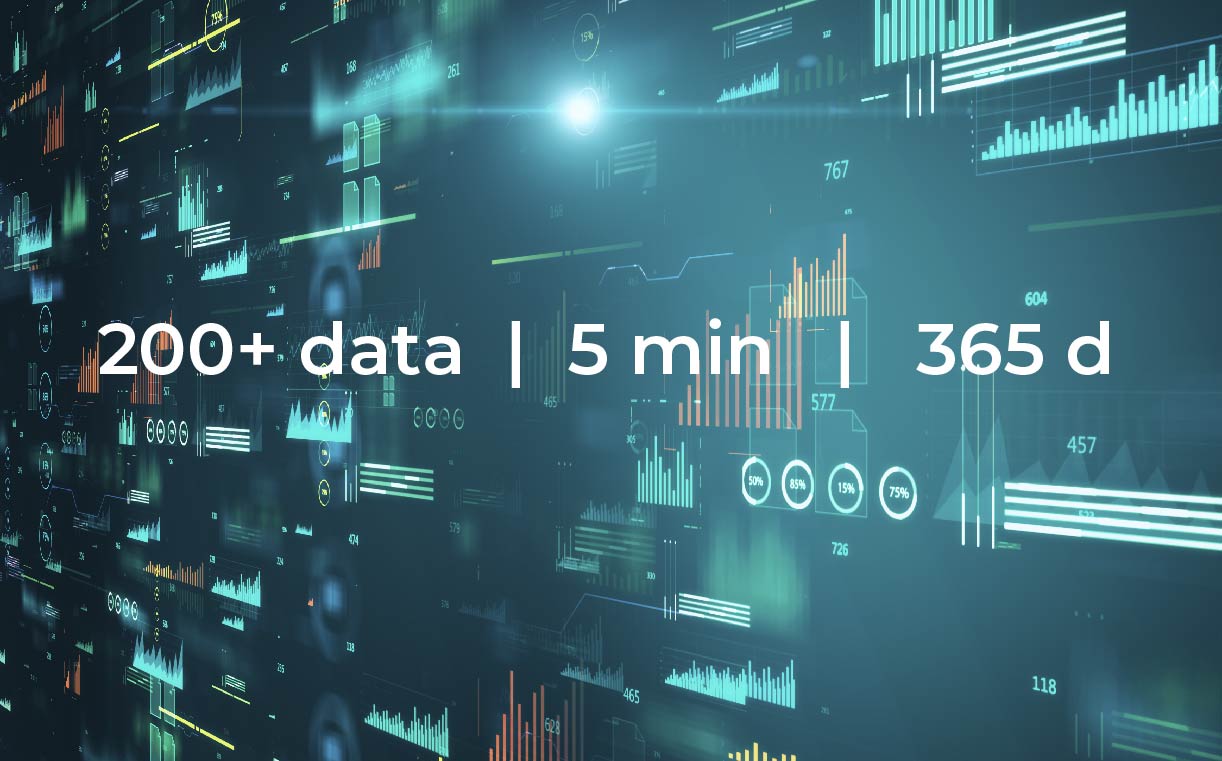This website uses cookies so that we can provide you with the best user experience possible. Cookie information is stored in your browser and performs functions such as recognising you when you return to our website and helping our team to understand which sections of the website you find most interesting and useful.
Insights
Bright Sunday using heat cameras with infrared imaging.
Bright Sunday using heat cameras with infrared imaging for Early Detection and Optimization of Solar PV Installations.

Solar photovoltaic (PV) installations have become a cornerstone of sustainable energy production, offering an eco-friendly alternative to traditional power sources. However, like any technology, solar PV systems are not immune to issues that can compromise their efficiency and life time. One important tool for inspecting and detecting issues is the use of infrared (IR) or heat cameras. .

Picture: With a hand held heat camera cables and connections are checked.
Common Issues Affecting Solar PV Installations
- Cell Mismatch and Hot Spots
Solar panels consist of multiple photovoltaic cells connected in series and parallel. Due to manufacturing variations, cell mismatch can occur, leading to uneven current flow. This can result in localized overheating known as hot spots. Over time, these hot spots can cause cell degradation and reduce the overall efficiency of the panel.
- Dirt and Dust Accumulation
The accumulation of dirt, dust, or other contaminants on the surface of solar panels can obstruct sunlight, reducing the system’s energy output. Regular cleaning is essential, and heat cameras can help identify areas with significant dust buildup.
- Shading Issues
One of the critical considerations during the design phase is to account for potential shading issues. Nearby structures, vegetation, or even neighboring panels can cast shadows on solar arrays, reducing the overall energy production. Identifying shading problems early can help optimize the layout and positioning of panels for maximum exposure to sunlight.

Picture: Our engineers are flying drones equipped with thermographic cameras.
Focus areas when designing the system and quality during Installation
- Optimizing Solar Array Layout
Properly designing a solar PV system involves careful consideration of potential shading sources. Heat cameras can be instrumental in identifying areas prone to shading, allowing designers to optimize the layout and positioning of panels for maximum exposure to sunlight.
- Ensuring Quality Installation
A high-quality installation is crucial for the long-term performance of a solar PV system. Properly secured and aligned panels, correctly wired connections, and well-maintained inverters contribute to optimal energy production. Heat cameras enable installers to identify any anomalies during or after installation, ensuring that the system operates at peak efficiency.
- Early Detection of Issues
Regular thermal imaging inspections using heat cameras allow for the early detection of potential problems such as hot spots, cell mismatch, or shading issues. This proactive approach enables timely maintenance and repairs, minimizing downtime and maximizing the system’s overall lifespan and energy yield.

Picture: The heat camera detects objects on the panels. In this case a mounting clamp was left on one panel. If not removed it will damage the cells end reduce performance of the panel.
Bright Sunday focus on long term performance and efficiency
In conclusion, the utilization of heat cameras in the solar PV industry is a game-changer for early problem detection and system optimization. By addressing issues such as cell mismatch, hot spots, and shading early on, solar PV owners and operators can ensure the longevity and efficiency of their installations. Integrating thermal imaging into routine maintenance practices and considering shading factors during the design and installation processes are essential steps toward achieving a sustainable and reliable solar energy system.
At Bright Sunday we are ensuring that our installations not only harness the power of the sun efficiently but also stand the test of time. To achieve this, we employ cutting-edge technology in our maintenance practices. Our commitment to excellence is exemplified by the use of drones equipped with heat cameras during inspections.
These advanced drones enable us to perform thorough and comprehensive assessments of solar PV installations. By leveraging the capabilities of heat cameras, we can identify potential issues such as faulty cables, connectors, and solar panels with unparalleled precision. This proactive approach allows us to address concerns early on, minimizing downtime and ensuring that our clients’ solar systems operate at peak performance.
In an industry where every ray of sunlight counts, our dedication to quality installation, meticulous design considering shading factors, and regular thermal inspections sets us apart. Bright Sunday remains steadfast in our mission to deliver sustainable and reliable solar energy solutions, paving the way for a brighter and cleaner future.



